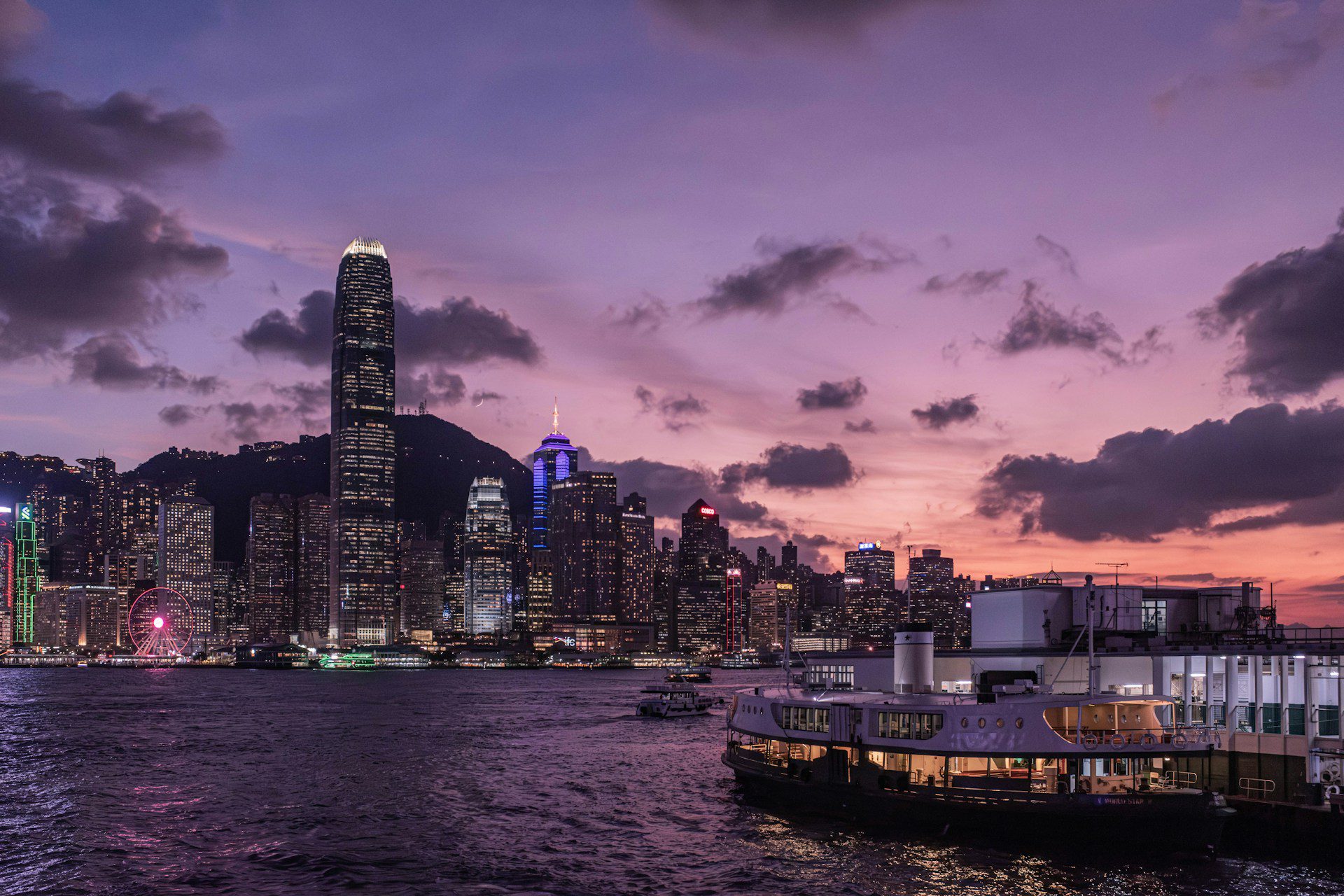Exploring the Vibrant Festivals and Street Food Scene in 旺角 (Wong Tai Sin)
Nestled in the heart of Hong Kong, 旺角 (Wong Tai Sin) is a bustling hub of culture, history, and vibrant street life. Known for its lively markets, iconic temples, and dynamic food scene, this neighborhood offers an array of experiences that cater to both locals and visitors alike. From thrilling festivals to mouthwatering street food, 旺角 is a treasure trove of culinary and cultural delights.
A Calendar of Festivals and Events in 旺角
Wong Tai Sin is not just about its iconic temple; it’s also a haven for festival-goers seeking entertainment and celebration throughout the year. Whether you’re visiting during the Lunar New Year, the Mid-Autumn Festival, or Hong Kong’s annual film festival, there’s always something happening in this vibrant district.
Lunar New Year Celebrations: The streets of 旺角 come alive with decorations, lion dances, and traditional performances as the neighborhood gears up for the Chinese New Year. Visitors can enjoy dragon boat races, firecracker displays, and the iconic temple’s elaborate offerings to mark the occasion.
Mid-Autumn Festival: As the summer heat fades, 旺角 transforms into a glowing wonderland of lanterns and mooncakes. The neighborhood’s parks host family-friendly events, street performances, and food stalls that offer a taste of the festival’s essence.
Hong Kong International Film Festival: For movie enthusiasts, 旺角 plays host to one of Asia’s most prestigious film festivals. The area’s cinemas and cultural venues screen everything from local Hong Kong films to international blockbusters, drawing crowds of film buffs and celebrities alike.
These events not only showcase the rich cultural heritage of Hong Kong but also highlight the dynamic spirit of 旺角, making it a must-visit destination for anyone looking to immerse themselves in the city’s vibrant atmosphere.
Street Food in Wong Tai Sin: A Culinary Delight
No visit to 旺角 is complete without indulging in its legendary street food scene. Renowned for its affordable yet delicious eats, the neighborhood offers a taste of Hong Kong’s culinary diversity at every turn. From savory snacks to sweet treats, here’s a glimpse into what makes Wong Tai Sin’s street food culture so special:
Curry Fish Balls: A local favorite, these chewy fish balls are marinated in a flavorful curry sauce and served on skewers. Perfect for snacking while exploring the streets of 旺角.
Egg Waffles (Bun Jee): Crispy, golden, and filled with sweet or savory toppings, egg waffles are a must-try treat that’s hard to find elsewhere in Hong Kong.
Beef Brisket Noodles: For those seeking something heartier, this dish combines tender beef brisket with thick, flavorful noodles, served in a rich broth. A true comfort food that’s both satisfying and memorable.
The street food scene in 旺角 is not just about the food itself but also about the atmosphere. Vendors operate small, no-frills stalls, often passed down through generations, serving up recipes that have been perfected over time. The streets are lined with plastic stools and neon lights, creating a lively backdrop for these culinary delights.
Why Wong Tai Sin?
Wong Tai Sin stands out as a unique blend of tradition and modernity. Its festivals and events calendar ensures there’s always something to celebrate, while its street food scene offers an authentic taste of Hong Kong’s vibrant food culture. Whether you’re visiting during a major festival or simply exploring the neighborhood on a whim, 旺角 promises an unforgettable experience.
So, the next time you find yourself in Hong Kong, don’t miss the chance to dive into the rich cultural and culinary offerings of 旺角. With its dynamic festivals, delectable street food, and lively atmosphere, this neighborhood is sure to leave you with lasting memories.
